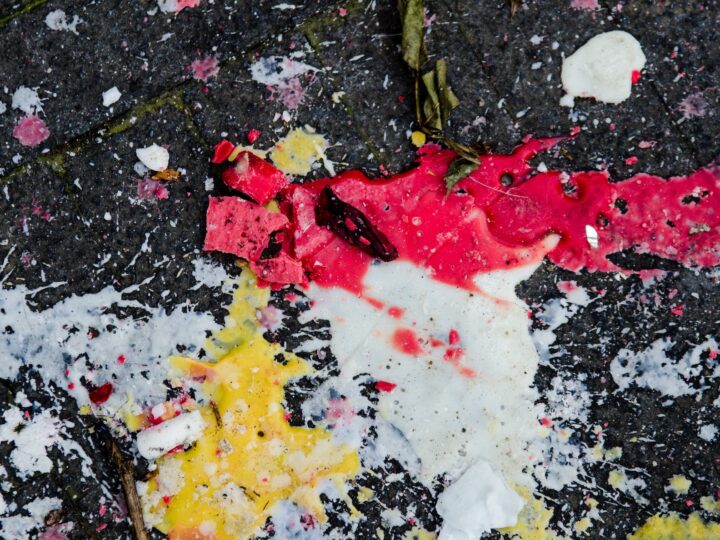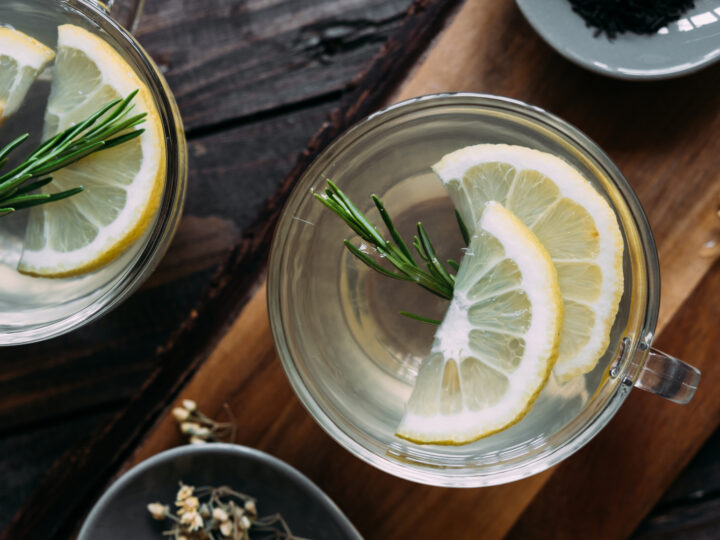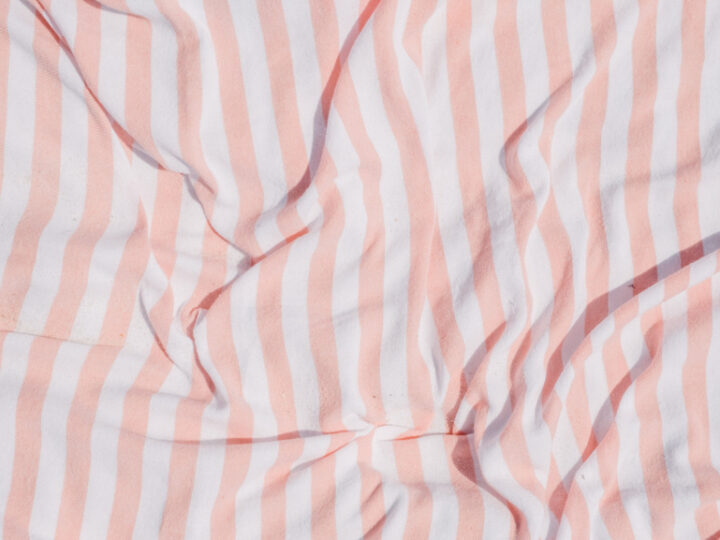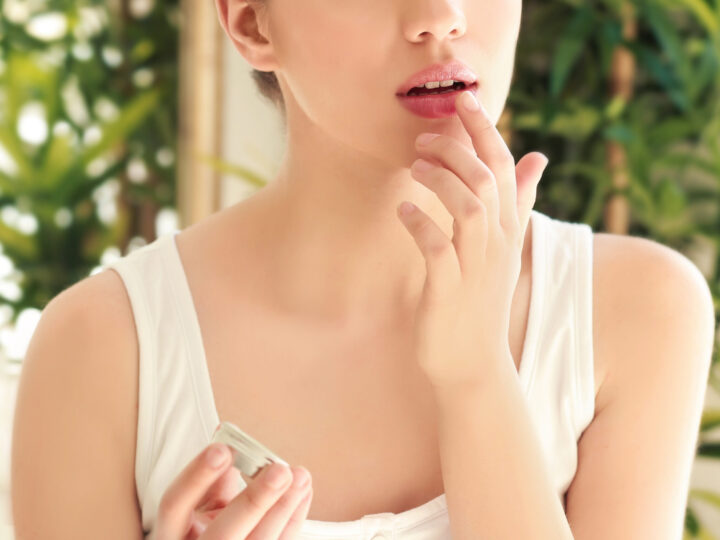LOVE ACUPUNCTURE? HERE ARE 3 OTHER EASTERN MEDICINE PRACTICES TO TRY
Pranayama, Cupping & Moxibustion
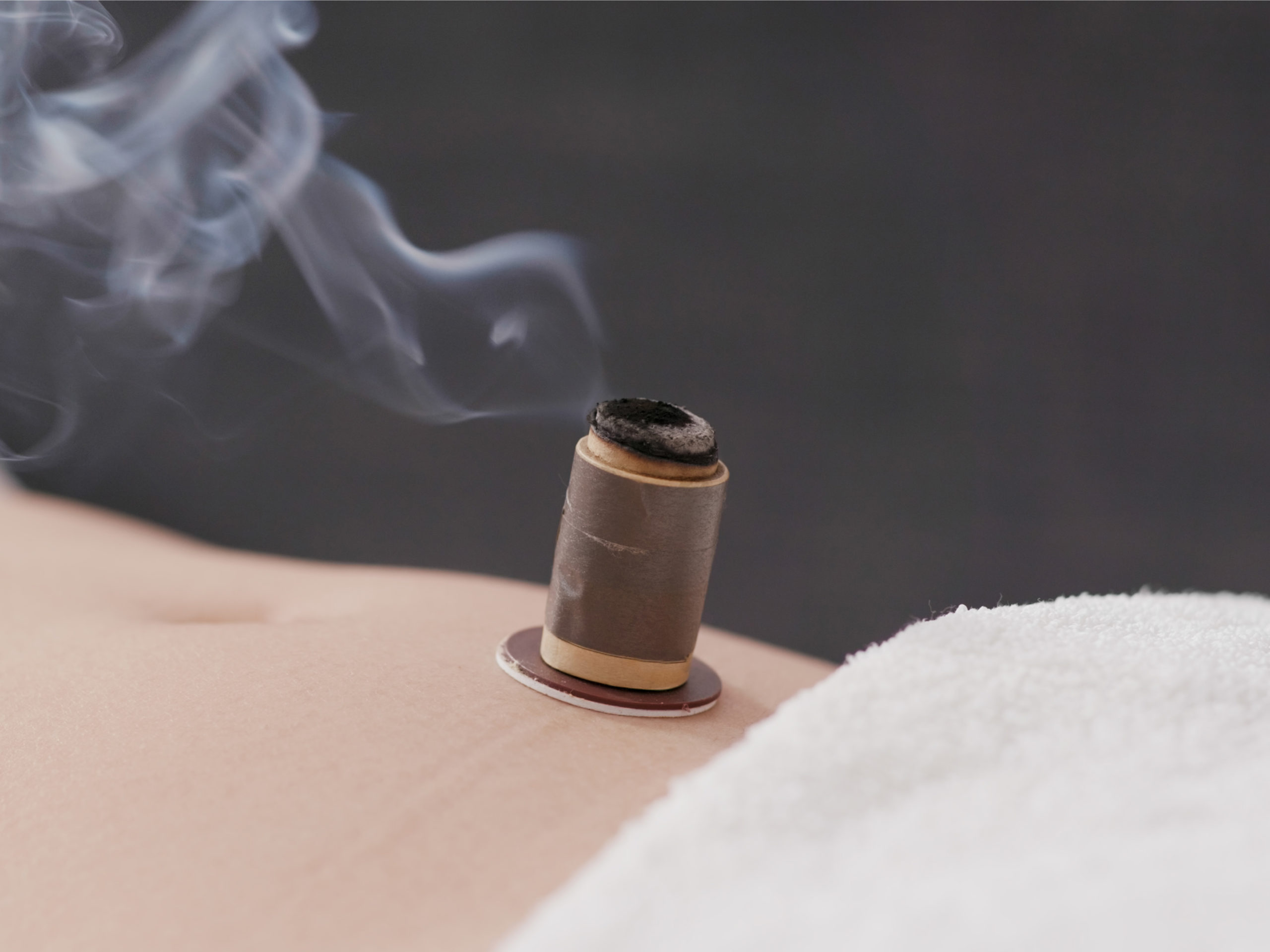
Ok, so you’re no newbie to Eastern medicine. Maybe you were the first one of your friends to get into yoga, or you love your weekly acupuncture appointments. You’ve got a meditation app on your phone and a gua sha stone on your bathroom shelf.
So what’s the next step? What should Eastern medicine practice should you try next? Well, here are our suggestions.
3 Eastern Medicine Practices You Should Try Next
Pranayama
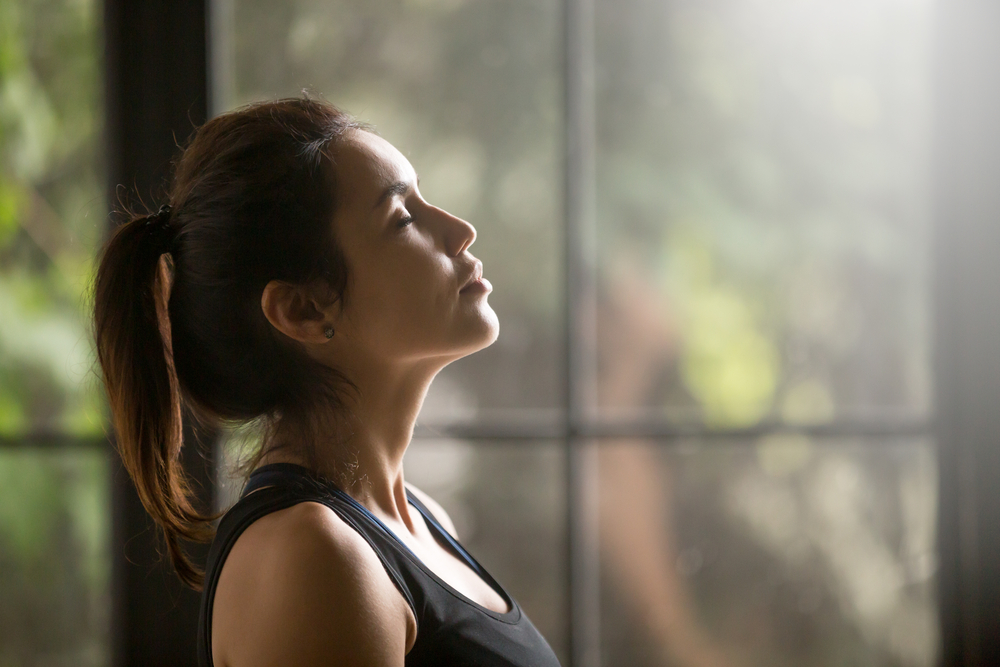 If you’re a fan of yoga, you might have heard of pranayama before. In Ayurveda, life energy is known as “prana.” Pranayama is a type of deep breathing exercise that helps you keep that prana flowing throughout your body, keeping you happy, healthy, and balanced.
If you’re a fan of yoga, you might have heard of pranayama before. In Ayurveda, life energy is known as “prana.” Pranayama is a type of deep breathing exercise that helps you keep that prana flowing throughout your body, keeping you happy, healthy, and balanced.
You might be thinking, “I don’t need to practice breathing. I’ve been doing it my whole life.”
But the way you breathe matters. Things like bad posture, stress and anxiety, and physical habits can all mess with the way we breathe. And when we’re not breathing as powerfully and deeply as we’re supposed to, our prana gets all blocked up. Plus, having control over your breathing gives you more control over your life. Just by controlling your breathing, you can calm or energize yourself, any time, anywhere. In fact, studies have shown that pranayama can help lower stress levels, get to sleep faster, and even make your lungs stronger.
When you practice pranayama, you practice how to time your breaths, control the length of them, and even dictate how often you breathe. It’s all about becoming aware and intentional with your breathing.
Just like with yoga, there are different kinds of pranayama you can do. Here are some common ones:
- Kapalabhati: With this technique, you want to inhale gently and slowly, and exhale with short, forceful breaths. This is a cleansing technique that helps focus and energize you.
- Nadi Shodhana: Also known as alternate nostril breathing, this technique helps you calm your mind.
- Ujjayi: Does your yoga teacher ever have you inhale and completely fill up your lungs and belly, then have you breath out like you’re trying to fog up a mirror? That’s Ujjayi, or victorious breath. It’s all about releasing tension and relaxing your body
Cupping
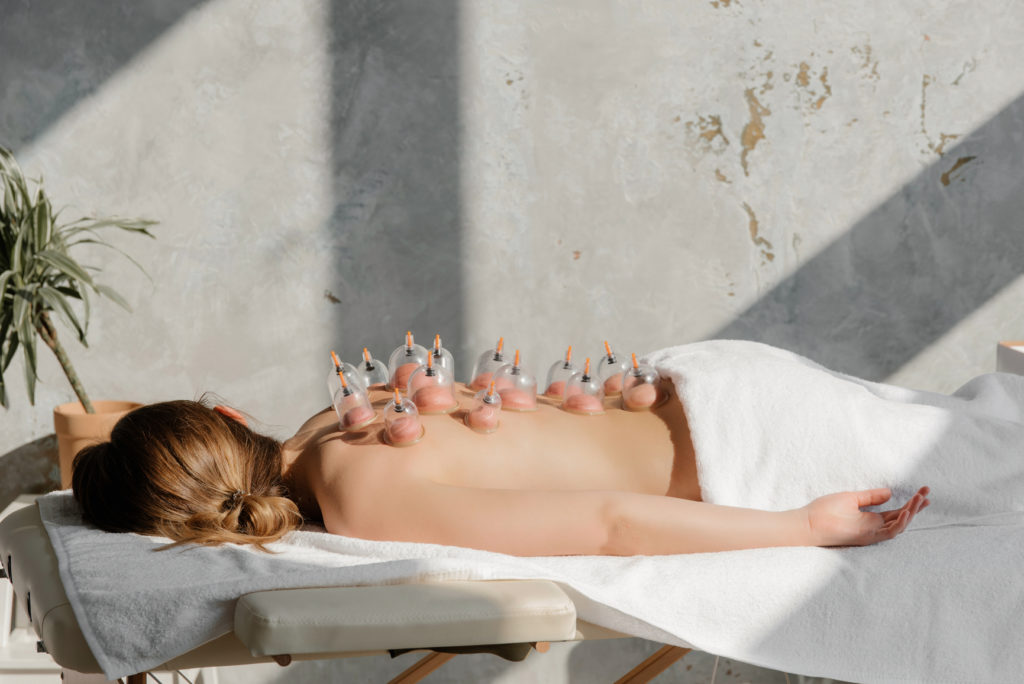 If you watched the 2016 Rio Olympics, you might have seen American swimming legend Michael Phelps rack up five gold medals and one silver medal. And you might also have seen his back covered in red circles.
If you watched the 2016 Rio Olympics, you might have seen American swimming legend Michael Phelps rack up five gold medals and one silver medal. And you might also have seen his back covered in red circles.
Those circles were the result of a Traditional Chinese Medicine massage technique known as cupping. A skilled TCM practitioner will warm up the cups, which are made of plastic or glass, and then place a burning cotton ball or other item in the glass to suck out the oxygen. Once the fire is burnt out, the practitioner will place the cup against your skin. It creates a vacuum that suctions the cup to the skin. As we saw on Michael Phelps, this is usually done on the back or stomach.
But what exactly does cupping do? Well, depends on who you ask. A TCM practitioner might tell you that it helps your life force, or qi, flow throughout your body. It’s also supposed to help restore the balance of Yin and Yang energies in your body. Researchers have found evidence that it can help with all sorts of problems, including shingles, facial paralysis, respiratory problems, acne, and herniated discs. This could be because it encourages blood flow and circulation which can promote cell repair and recovery. It is the one physical technique that does not rely on compression – instead it adds space in the interstitial tissues where blood can flow.
These days, cupping isn’t just for Olympic athletes anymore. In fact, there’s a good chance that your acupuncturist offers cupping, so make sure to ask them about it next time you have an appointment!
Moxibustion
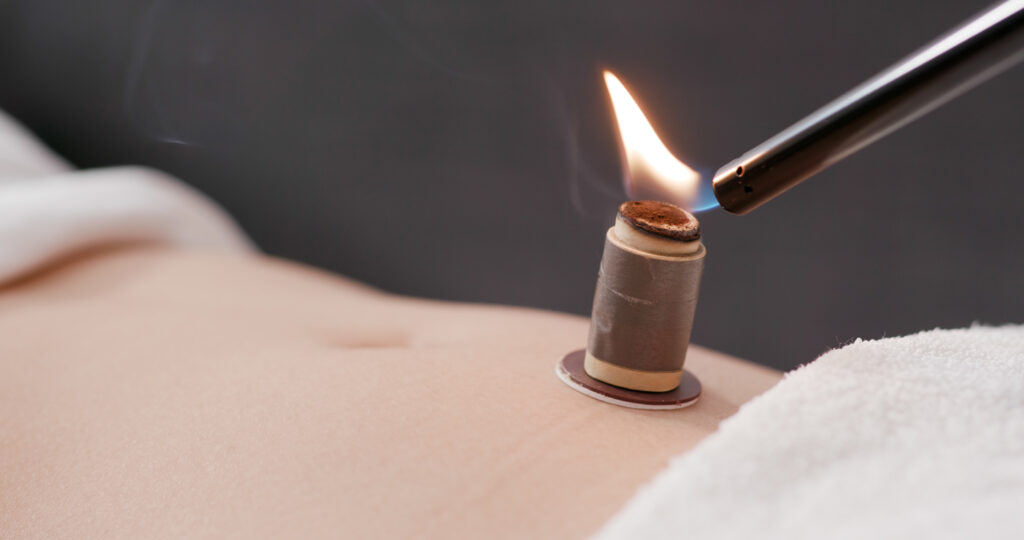 If you’re already a fan of acupuncture, moxibustion isn’t too far off. Moxibustion is a kind of TCM therapy that involves burning herbs and placing the smouldering ashes on acupuncture points to help boost your qi and open up your meridians.
If you’re already a fan of acupuncture, moxibustion isn’t too far off. Moxibustion is a kind of TCM therapy that involves burning herbs and placing the smouldering ashes on acupuncture points to help boost your qi and open up your meridians.
Durings moxibustion, your TCM practitioner will light a cone or stick made of mugwort (known as moxa) on fire and let it burn up a little. The moxa tends to smoke quite a bit, and it produces a pretty strong smell that some people confuse with cannabis. Once the cone or stick of moxa isn’t burning hot anymore, the practitioner will place it on your back on particular acupuncture points. The moxa will be warm, which stimulates your internal energy channels known as meridians, encouraging them to open up and let your energy flow.
In TCM, moxibustion is a warming treatment that is supposed to help get rid of illnesses and disorders caused by the cold. And it’s often combined with acupuncture to pack a double punch. During your acupuncture appointment, your practitioner can wrap moxa around the needles in your skin to give you the added benefits of moxibustion.
Not very much research has been done on moxibustion, but it’s been used for a long time to help turn a breech baby right side up again before birth, and there’s some evidence that this works. Traditionally, moxibustion is thought to help with cold-related problems like arthritis, menstrual cramps, and digestive problems. In fact, the Japanese feature mox doctors who only treat with moxa. Hopefully, more research will be done soon to figure out all the ways moxibustion can help us be healthier. But in the meantime, if you’re already heading to the acupuncturist, moxibustion is worth a try!
Newer
3 Things From Eastern Medicine You Should Start Doing ASAP
Older
Soups For Summer? It’s More Common Than You Think!
Comments (0)
Leave a reply
You must be logged in to post a comment.

